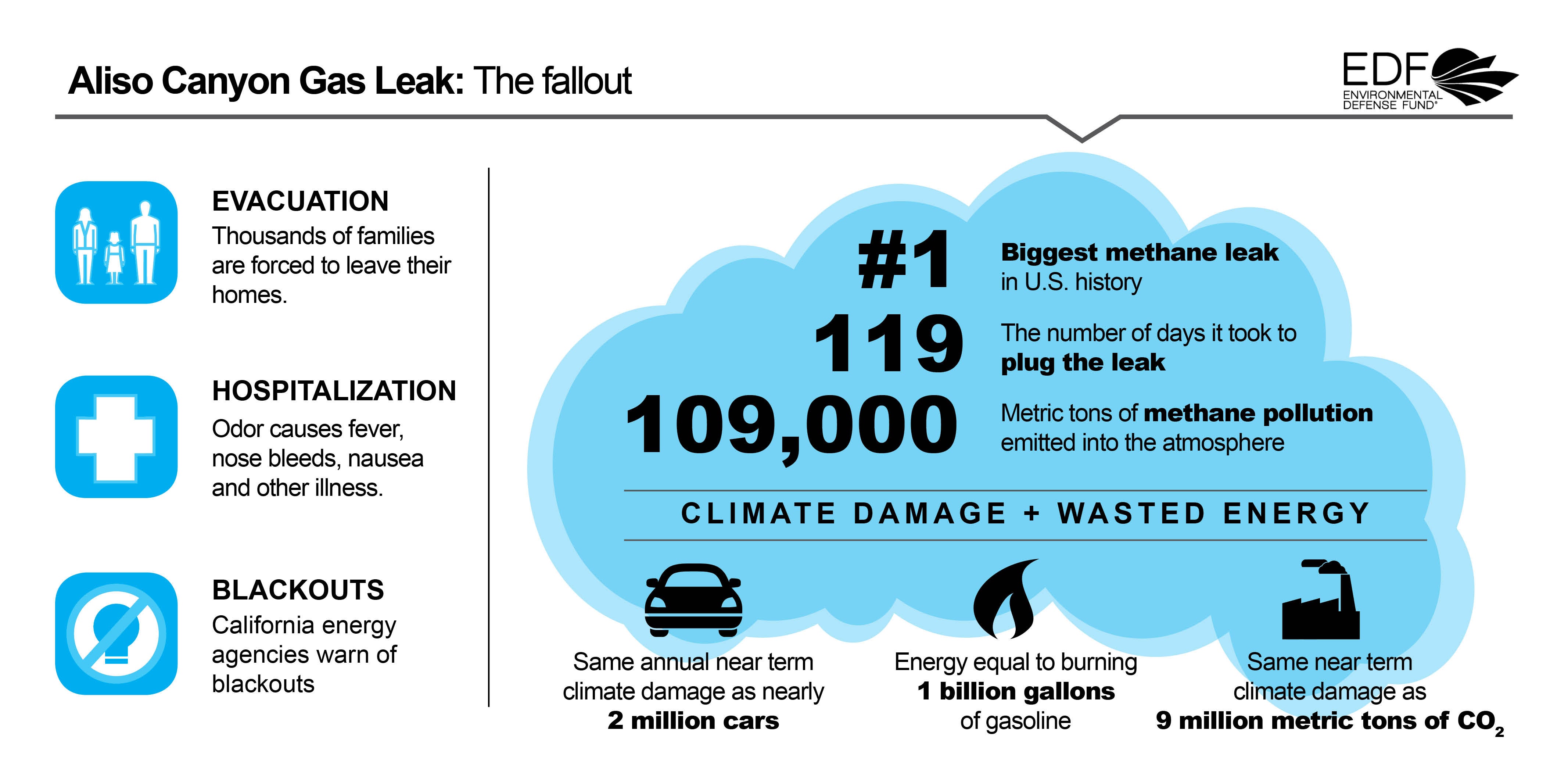Looking to the States to Improve Natural Gas Storage Policies
Stories about gas storage rarely make headlines, but the fact is there are hundreds of underground natural gas storage facilities peppered across the country, and when something goes wrong, the impacts can be devastating. For example, in 2015 a leak at the Aliso Canyon storage facility in Southern California ended up displacing thousands from their homes and was considered one of the biggest environmental disasters in modern U.S. history.

Historically, state agencies have been responsible for regulating these facilities – resulting in a patchwork of protections. But after Aliso Canyon, the federal government stepped in to provide uniform safety standards applicable across the country.
The Pipeline and Hazardous Material Safety Administration recently issued rules are designed to prevent similar disasters from happening elsewhere. The rules are welcome in that they provide a regulatory floor for the more than 400 storage facilities across the country. However, in the current political climate, it’s unclear whether PHMSA will be fully resourced to properly enforce and continuously develop these new safety standards.
EDF submitted comments on the new rules, providing ideas for improving the rule and the way it is implemented. In many respects, the states can provide models and material assistance to PHMSA to enhance regulation of this critical piece of our energy infrastructure.
Here are four ways PHMSA should look to state expertise to help make gas storage safer.
Let state rules apply when they are stronger than federal rules
While PHMSA’s rules apply a national regulatory baseline for all gas storage facilities, they may at the same time weaken existing state policies for some facilities. Where state rules are stronger than PHMSA policies, the agency should let those policies set the standard for all the wells in those states, instead of creating a two-tiered system with some wells governed by lower federal standards and others by higher state standards as is currently envisioned. PHMSA’s rules should work as a floor and not a ceiling, and states that wish to go beyond federal standards should be able to do so fully.
Guidance from state regulators can cure “terminal vagueness”
One of the biggest problems with PHMSA’s gas storage rule is that it essentially copies guidelines originally written by the American Petroleum Institute, guidelines that were never actually meant to serve as regulations. In fact, the language is so vague as to render compliance trivial to achieve in many cases. For example, the policy requires operators to reduce facility risk, but there is no guidance as to how much risk needs to be reduced – so as written, any amount of risk reduction would be sufficient.
To help address this ambiguity, the Interstate Oil and Gas Compact Commission (IOGCC) and the Groundwater Protection Council (GWPC) – two prominent oil and gas regulator associations — presented PHMSA with line-by-line comments detailing where provisions were either missing or too vague to be implemented. These groups represent expertise from dozens of state regulatory agencies across the country, and their suggestions could go a long way to bring clarity to national policies, ensuring they are both effective and protective.
State policies show what works, what doesn’t
The Aliso Canyon gas leak taught us a lot about what does and doesn’t work when it comes to effectively managing our gas storage facilities, and California has since been updating its policies accordingly.
One key improvement California regulators are proposing is in the area of risk management and rule variances. There, operators have to submit customized risk management and alternative compliance that regulators must approve prior to their implementation. This helps operators better understand what they are accountable for if something goes wrong.
PHMSA’s policies don’t currently follow this model. But they should. Currently, risk management plans and rule variances submitted to PHMSA will only be reviewed after they have already been implemented. This creates a situation where operators can essentially pick and choose what rules to follow, and is problematic for the public because, as we learned from Aliso Canyon, certain operational shortcuts can lead to a disaster. It’s also problematic for the industry because it puts the operators at risk of penalty and lost revenue if the agency rejects those choices.
Operators can respond to nearly any regulatory condition except for regulatory uncertainty – which is why California is moving in this direction. By following California’s lead, PHMSA can increase regulatory certainty for operators and public oversight at the same time.
In a world of limited resources, states can plug federal holes
When it comes to natural gas, PHMSA’s experience has primarily been focused on preventing pipeline leaks and explosions. But storage facilities are a different animal, requiring different expertise. Unfortunately with the federal hiring freeze, the agency is unlikely to get those resources any time soon.
Again, states that have been effectively regulating gas storage for decades can offer help. States have engineering and field staff with the precise expertise and the local knowledge that PHMSA lacks, and are among the best resources to which PHMSA has access.
Data systems are good example of state resources available to PHMSA. These systems allow regulators to optimize their programs and prioritize risks, and also provide the public with access to critical information. Many states have developed a data system that covers gas storage called the Risk-Based Data Management System (which was jointly developed and is currently used by the majority of oil and gas states).
If PHMSA adopts this inexpensive state-developed software, the agency can cost-effectively increase its capacity to properly oversee these policies.
Work it out together
PHMSA officials have indicated they plan to improve the gas storage regulatory framework over time. The agency has its own homework and legwork to do, but learning from and coordinating with the states will help make the process faster and smoother. These are essential steps toward ensuring a safer, more secure future for our natural gas infrastructure.











